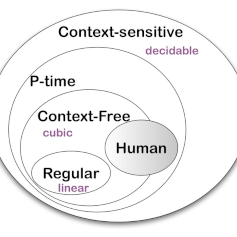Pre-requisites, Textbook, Course Objectives and outcomes
Pre-requisites: Computer Architecture, Discrete Mathematical Structures
Textbook & Reference: Theory of Computation: Automata, Formal Languages, Computation, and Complexity

Pre-requisites: Computer Architecture, Discrete Mathematical Structures
Textbook & Reference: Theory of Computation: Automata, Formal Languages, Computation, and Complexity